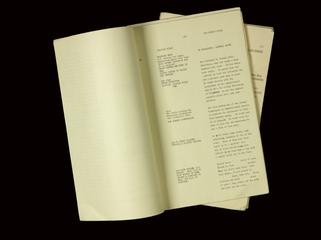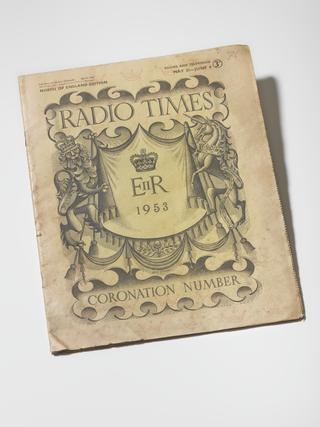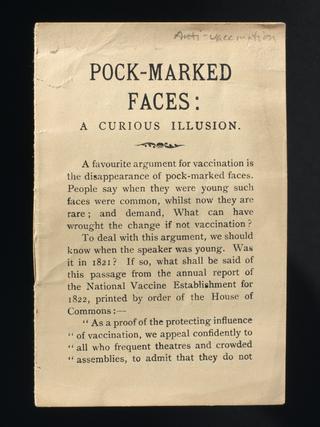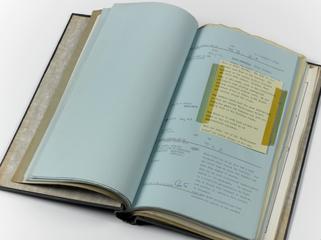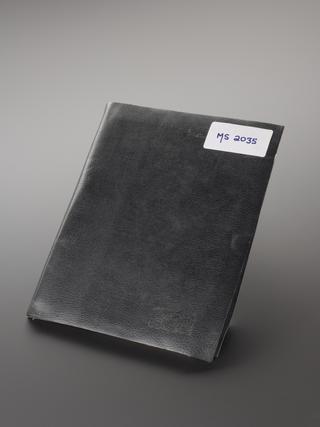
W. Watson & Sons advert for Russell-Reynolds Adjustable Electrode X-ray Tube
- maker:
- W Watson and Sons
W. Watson & Sons advert for Russell-Reynolds Adjustable Electrode X-ray Tube, signed by Russell J Reynolds, 1900
Russell John Reynolds (1880-1964) was an internationally renowned radiographer and specialist in the field of cineradiography or moving image X-ray films. While still at school, he – with the assistance of his GP father John Reynolds – constructed a fully functioning X-ray machine just months after German scientist Wilhelm Röntgen first described the ‘new type of ray’ in 1895.
Physicists, including William Crookes – a friend of Reynolds’ father – had been experimenting for some time with discharge tubes; glass bulbs with a partial vacuum and electrodes at either end. These could be made to glow yellow-green when high voltages were applied. Röntgen discovered X-rays using this type of tube, and Reynolds’ machine also relied on Crookes’ invention.
Five years later, Reynolds – by then a medical student at Guy’s Hospital – obtained a patent for an improved means of adjusting the electrodes enclosed in vacuum tubes. Optical instrument maker W. Watson and Sons agreed to manufacture Reynolds’ new design, shown in this advert.
Details
- Category:
- Archive
- Object Number:
- 2023-568
- Materials:
- paper (fibre product)
- Measurements:
-
overall: 208 mm x 133 mm
- type:
- advertisement
- credit:
- R. J. Reynolds
